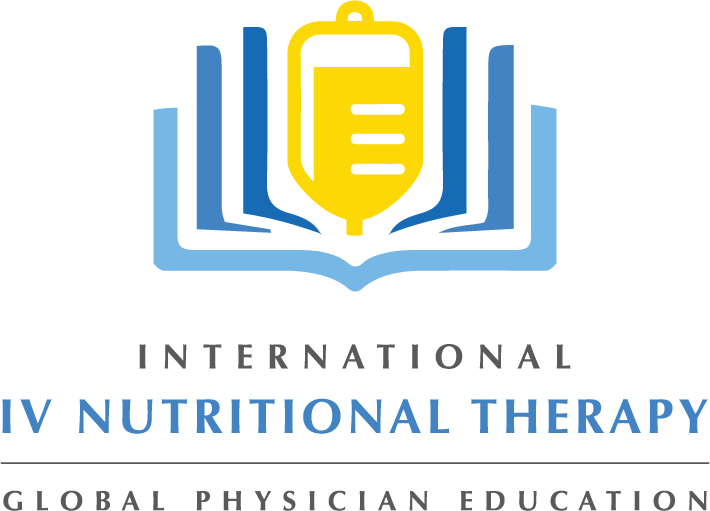One of the most important precepts of medicine is to “first do no harm.” Once IV fluids are administered they cannot be removed from the system; this is a very obvious statement but it really needs to be kept in awareness when preparing and administering IV infusions.
During our seminars we constantly stress the importance of avoiding contamination of intravenous solutions: Please note that exact procedures for handling IV fluids are covered in our seminars and professional forums; the following list is for illustrative purposes only.
- Make sure carrier solutions are both in date and clear. Clear means no visual cloudiness or particulates
- Clean the add port or vial tops correctly before every entry
- Check both the drug name and solution clarity every time you withdraw from a vial
- Check the date on vials each time you use them. Date all vials after first entry and do not use them past the allowed time for either a single or multiple dose vial.
- Immediately discard any carrier solution or vial that shows signs of contamination
The critical importance of avoiding contamination is brought to the fore by this unfortunate incident in India.
24 February 2011 : Tainted IV fluid kills 13 pregnant women in India.
Health authorities in India’s Rajasthan state are investigating allegations that 13 pregnant women died after they were given infected intravenous (IV) fluids at a government hospital.
All the deaths were reported in Jodhpur city over the past 10 days.
Laboratory tests had confirmed that IV fluids supplied by a local company were “tainted”, officials said.
A police case has been registered and an investigation has begun, they said.
“The women died after severe hemorrhaging and we believe the most likely cause might be an infection after they were administered tainted IV fluids,” Umaid Hospital administrator Narendra told the BBC.
“During lab tests, we found three batches of glucose which were tainted. We have lodged a complaint with the police and strict action will be taken against the manufacturers,” he said.
India accounts for the highest number of maternal deaths in the world with tens of thousands of women dying every year due to pregnancy-related problems.
Campaigners say most of the deaths are needless and could easily be prevented if more care and attention was paid to their treatment.
The bottom line – Know your suppliers and follow good clinical practice guidelines.


